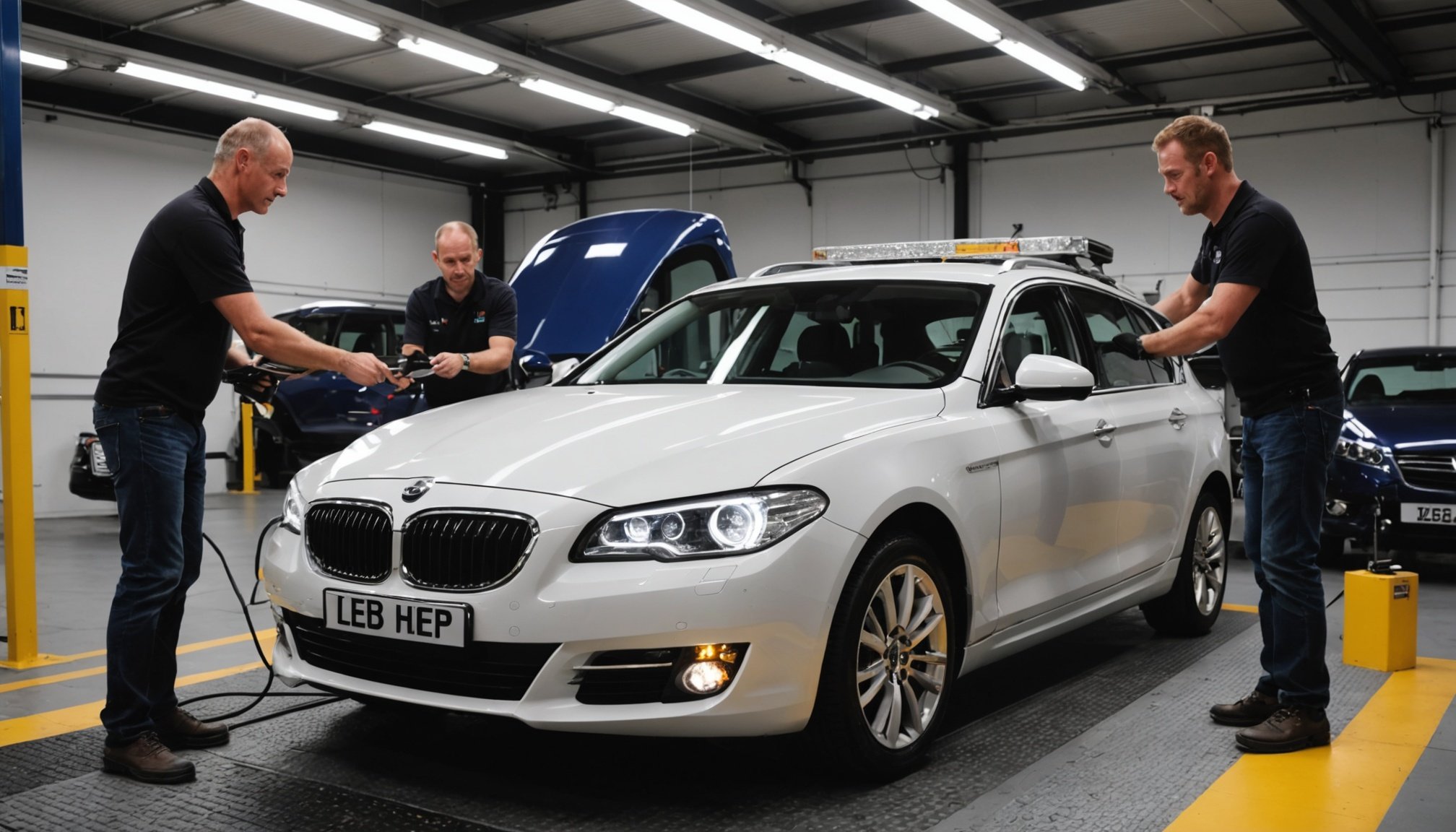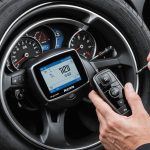Overview of UK Vehicle Lighting Regulations
In the United Kingdom, vehicle lighting regulations are meticulously crafted to enhance road safety and ensure that all vehicles on the road conform to required standards. These regulations stipulate the types, brightness, and positioning of lights, including headlights, taillights, and indicators. Compliance is not merely a legal obligation but a pivotal component of road safety, aiming to prevent accidents and ensure visibility during adverse conditions.
The importance of adherence to these laws cannot be overstated. Drivers must regularly inspect their vehicle lighting systems to guarantee they are functioning correctly, as failure to comply can result in penalties, potential accidents, and increased insurance premiums. Equally critical is the proper alignment of vehicle lights to avert blinding other road users.
Also to discover : Navigating the car subscription landscape in the uk: uncovering benefits, challenges, and essential insights!
International standards serve as a comparative backdrop for UK regulations, enhancing uniformity and compliance with global road safety norms. Although UK vehicle lighting standards often align closely with international regulations, variations exist due to regional safety concerns and legal frameworks.
Ultimately, understanding and abiding by these UK vehicle lighting regulations is crucial for every driver’s legal safety and road safety responsibilities. Properly functioning lights significantly improve visibility and communication between drivers, essential for smooth traffic flow and minimizing road incidents.
In the same genre : Transitioning smoothly: your essential guide to shifting from company cars to personal vehicles in the uk
Choosing Appropriate Types of Vehicle Lighting
Selecting the right types of vehicle lighting is essential for both safety and functionality on the road. Each type of light serves a unique purpose, from headlights illuminating the road ahead to taillights ensuring visibility to vehicles behind.
Headlights are critical, especially in low-light conditions. Options mainly include LED and halogen lights. LEDs are praised for their brightness, energy efficiency, and longevity. In contrast, halogen bulbs are often cheaper but less energy-efficient and bright. When choosing headlights, consider the weather conditions and driving environments you frequently encounter. For foggy areas, fog lights are indispensable as they cut through haze with their low, broad beam.
Indicator lights are vital for communication with other drivers, signalling turning intentions clearly. Ensure indicator lights have adequate coverage and brightness for effective communication.
When evaluating vehicle lighting options, consider factors such as energy efficiency, ease of replacement, and compatibility with your vehicle. LED lighting systems tend to offer superior energy efficiency and longer-lasting performance, making them a preferred choice for many drivers.
Ultimately, equipping your vehicle with the appropriate lighting not only aligns with legal requirements but significantly enhances road safety.
Installation Instructions for Vehicle Lighting
Successfully installing or replacing vehicle lighting is an attainable task with the right guidance. Here’s a detailed, step-by-step guide to aid you through the process.
Tools and Materials Needed
Before starting, gather essential tools. You will need screwdrivers, pliers, and potentially a circuit tester. Ensure you have compatible bulbs for your vehicle’s model.
Step-by-Step Installation Guide
- Safety First: Ensure your vehicle is turned off and parked on a level surface.
- Access the Lighting Area: Open the bonnet or boot, depending on which light you’re replacing. Some lights might require removing the protective covers.
- Remove the Old Bulb: Unscrew or unclip the existing bulb, ensuring not to break it.
- Insert New Bulb: Place the new bulb into the socket, maintaining a firm connection.
- Test: Turn on your vehicle’s lights to confirm proper installation.
Common Mistakes to Avoid
Avoid touching the new bulb’s glass—oils from your fingers can reduce its lifespan. Always check compatibility with your vehicle’s specifications to prevent electrical faults.
By following these steps and using the right tools and materials, the installation of vehicle lighting can be a smooth and fulfilling process.
Safety Considerations for Vehicle Lighting
Proper vehicle lighting safety is essential for protecting not only the vehicle occupants but all road users. Visibility is crucial for anticipating and reacting to road hazards. Insufficient lighting can lead to dangerous situations and accidents, especially in low-light conditions or inclement weather.
To ensure legal compliance, it is necessary to regularly inspect and maintain your vehicle’s lighting systems. This includes checking for dim, flickering, or non-functioning bulbs. Laws mandate that all lights, including headlights, taillights, and indicators, are operational and aligned correctly. They should provide sufficient visibility without blinding other road users.
Adherence to these legal requirements ensures both the driver’s safety and the avoidance of potential fines or penalties. Routine maintenance can include simple DIY checks at home, such as turning on all lights to verify brightness and positioning. In some cases, it may be necessary to ask professionals to handle complex diagnostics and adjustments.
For maintaining optimal vehicle lighting safety, make it a habit to conduct regular checks and ensure all systems are fully functional. Being vigilant with vehicle lighting maintenance not only enhances road safety but also keeps you compliant with legal standards.
Troubleshooting Common Vehicle Lighting Issues
Navigating vehicle lighting troubleshooting can be straightforward when armed with the right knowledge. Common issues such as flickering lights, non-responsive bulbs, or electrical malfunctions can disrupt your vehicle’s lighting efficiency, impacting both safety and legal compliance.
Typical Issues and Causes
- Flickering or dim lights often indicate a loose connection or faulty wiring.
- Non-working lights might be due to burnt-out bulbs or blown fuses.
- Overheating fixtures or burning smells suggest electrical short circuits.
Understanding these problems aids in early diagnosis, keeping you safe on the road.
Step-by-Step Troubleshooting Guide
- Inspect Bulbs and Fuses: Check for filament breaks in bulbs and confirm fuses are intact.
- Examine Wiring and Connections: Tighten any loose wires and replace damaged connectors.
- Check the Switches and Relays: Ensure these are operational, as they regulate electrical flow to lights.
When to Seek Professional Help
If troubleshooting reveals extensive wiring damage or persistent issues despite replacing components, it may be time to consult a professional. An expert can employ advanced diagnostics and perform repairs to restore optimal vehicle lighting performance. Addressing these lighting repairs promptly ensures visibility and road safety.









